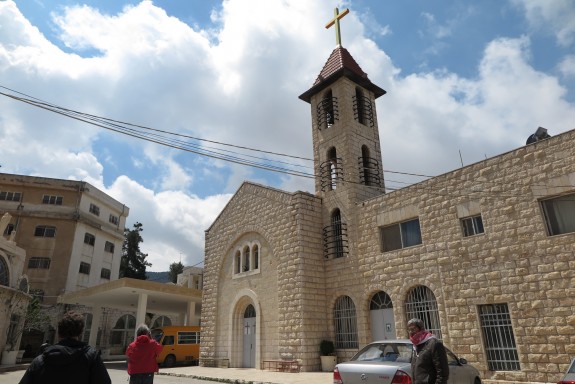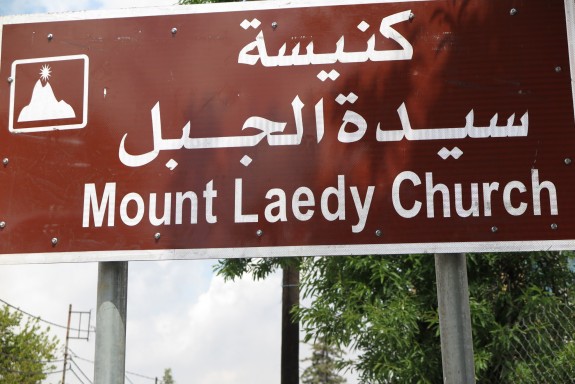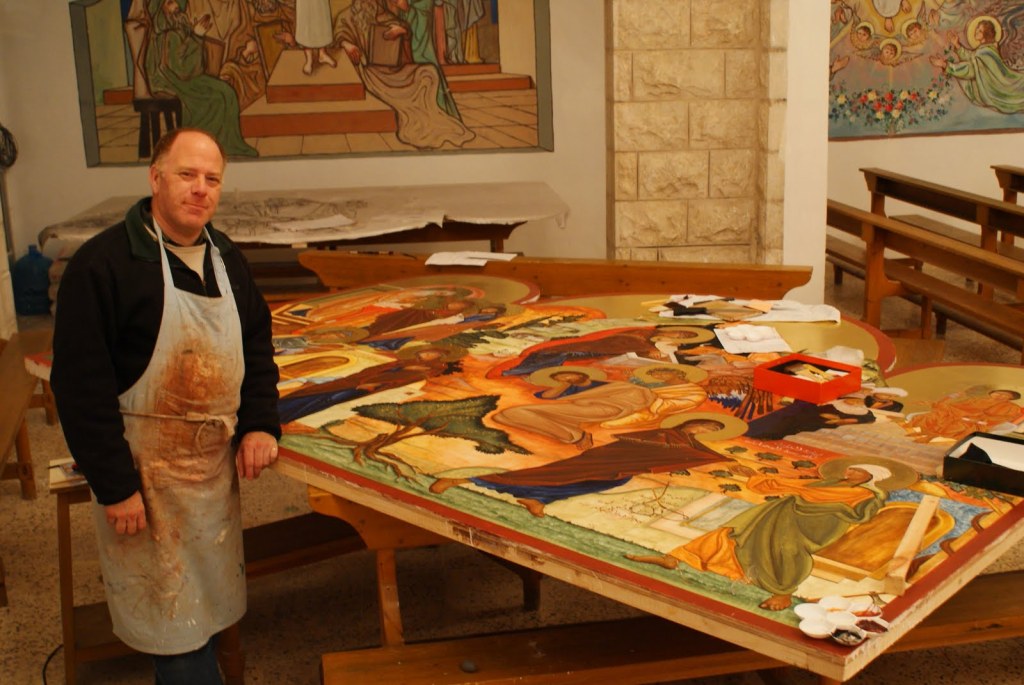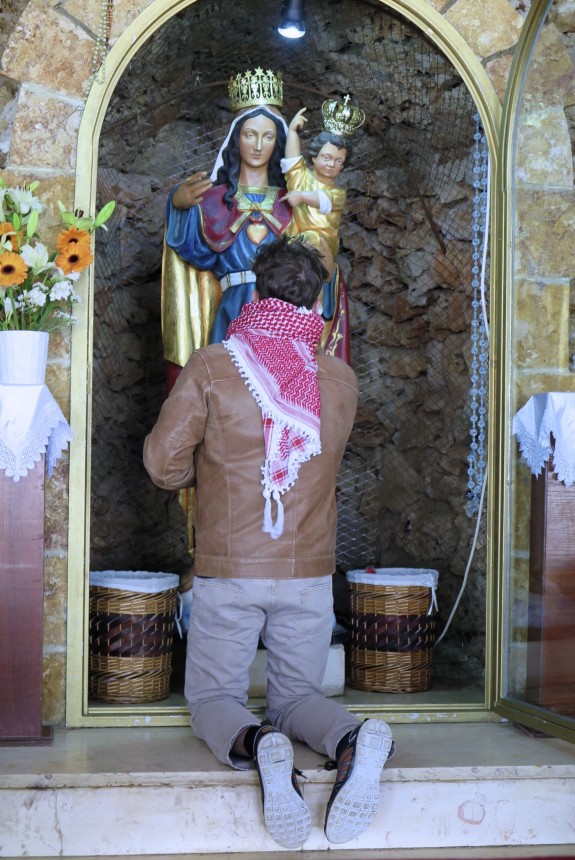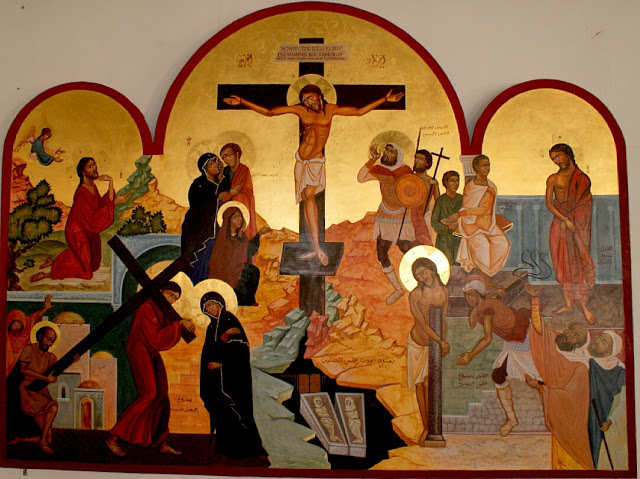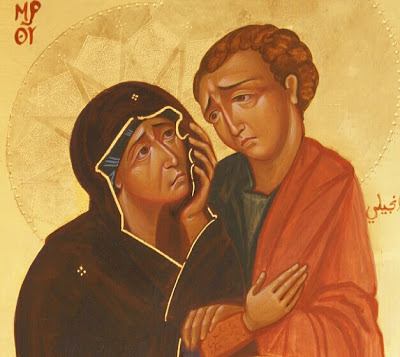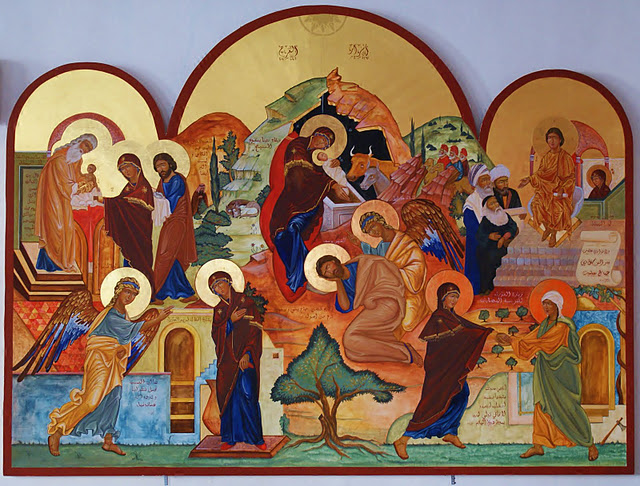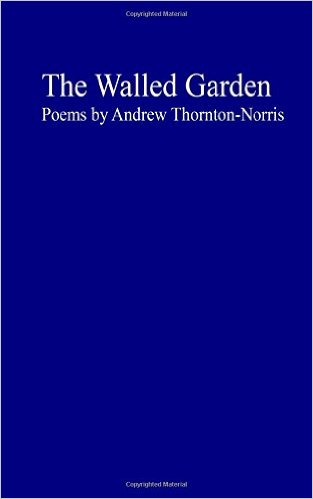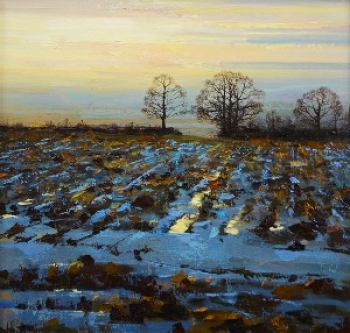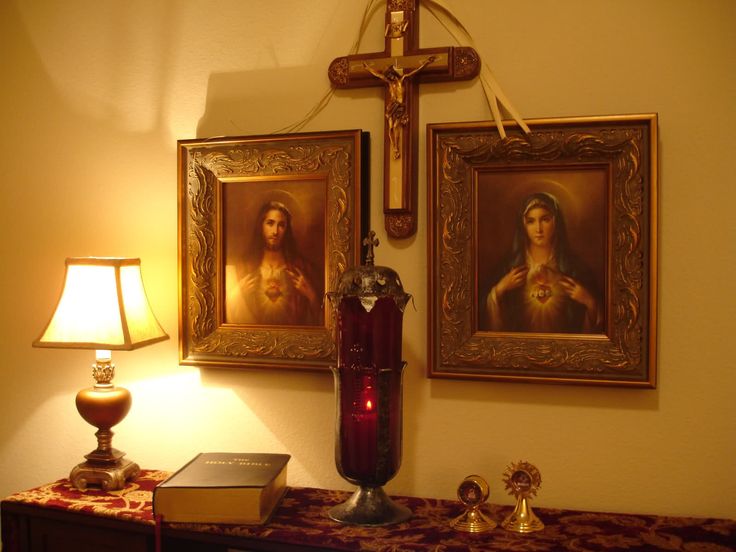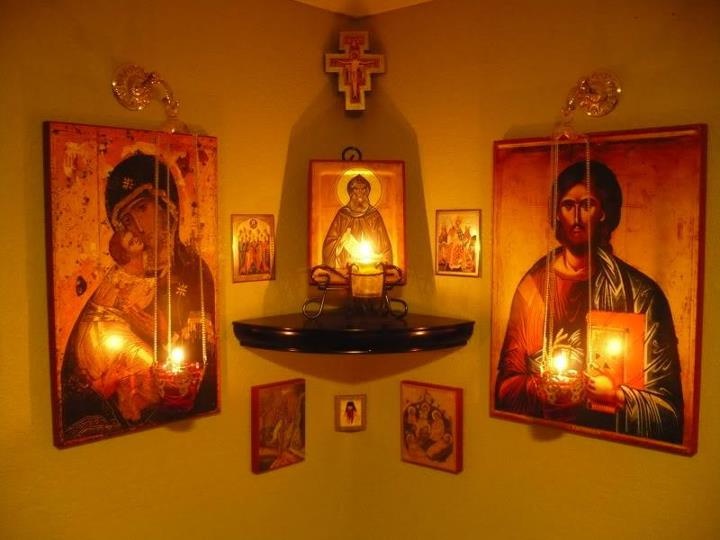 An order that embodies the principles of joyful evangelization in accordance in the spirit of Pope St John Paul the Great and Pope Emeritus Benedict XVI.
This past week, I was lucky enough to be invited to give a couple of talks on art and culture to seminarians of IVE, the Institute of the Incarnate Word. This is an order of priests, religious and of lay people (in a 3rd order) founded 32 years ago in Argentina and which has seminaries in the US (in Maryland in the Washington DC conurbation where I visited), in Italy, Brasil, Peru, the Philippines, and in Argentina. They have missions in many parts of the world including Iraq, the Gaza Strip and Papua New Guinea; and monastic foundations in Spain, Argentina, the Middle East and Italy.
An order that embodies the principles of joyful evangelization in accordance in the spirit of Pope St John Paul the Great and Pope Emeritus Benedict XVI.
This past week, I was lucky enough to be invited to give a couple of talks on art and culture to seminarians of IVE, the Institute of the Incarnate Word. This is an order of priests, religious and of lay people (in a 3rd order) founded 32 years ago in Argentina and which has seminaries in the US (in Maryland in the Washington DC conurbation where I visited), in Italy, Brasil, Peru, the Philippines, and in Argentina. They have missions in many parts of the world including Iraq, the Gaza Strip and Papua New Guinea; and monastic foundations in Spain, Argentina, the Middle East and Italy.
My visit coincided with their 32nd anniversary on the Feast of the Annunciation (that's how I know precisely how long they have been going).It was celebrated at the Basilica of the National Shrine of the Immaculate Conception in Washington DC. The celebrant was Bishop Quinn of Winona, MN. He and his Vicar General who flew in for the day just to celebrate Mass for IVE (IVE has a minor seminary in Bishop Quinn’s diocese). Cardinal McCarrick, Archbishop Emeritus of Washington DC spoke at the Mass (all three attended the very festive celebration meal at the seminary afterwards). This was a beautiful and dignified Mass in which the choir of seminarians and sisters from the order chanted Gregorian Mass IX for the Ordinary of the Mass and the music included beautifully sung and moving polyphony.
Before I go on, I should declare a personal bias. I became aware of them for the first time only a few months ago, because a parishioner from one of their parishes in San Jose contacted me and said that the priest there, a member of this order, was quoting my book the Way of Beauty in his homilies and encouraging people to read it because it reflected, he said, the charism of the order. Naturally I was excited and curious and got in touch, and given this interest in my book have a natural in what they are doing.
As a result of this initial contact I was asked to speak about the Way of Beauty to the priests, seminarians and sisters who live at the seminary. I was very happy to do so, of course, but my feeling as I came away from these three days I was the one who benefited the most, through my contact with them, worshiping and praying with them and through the many conversations I had.
There are so many good things I could say about my experiences in the last few days, but rather than list them all (perhaps various aspects will come out in different blog posts in time) I encourage people to read about them in their website and especially the description of their charism. My personal impression is that the qualities of joy, vigor and dignity that come through in the description of their charism is there in each person that I met. Their liturgy is solemn and dignified, their intellectual formation is rigorous and is centered on the philosophy and theology of St Thomas, and they have a special devotion to Our Lady,
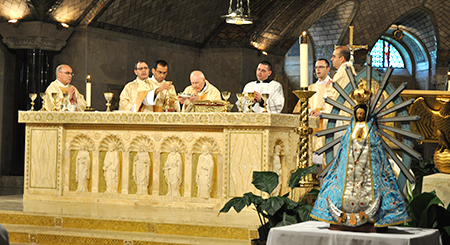
Above: celebration of Mass by Cardinal McCarrick at the National Shrine of the Immaculate Conception last year. The image is Our Lady of Lujan (see below)
I want to highlight one example of what I saw that I think says a great deal about IVE. In the seminary in Washington DC there were priests, 40 or so seminarians and perhaps a similar number of sisters. I met people from Argentina, the US, Colombia, Ireland, Mexico, El Salvador, the Dominican Republic, Guatemala, England, and Australia that I can remember. Most were young (under 35), however, I noticed a number of men with grey hair (or very little hair) and assumed that they were long time members of the order. It was only as I started to talk to them that I found out that some were seminarians studying for the priesthood as well.
One whom I spoke to quite a bit was was 68 years old, currently a deacon and due to be ordained this May. He described himself not as a late vocation, but rather as a delayed vocation. He said that from the time he was a young boy he had wanted to be a priest and had tried several times but had been thwarted for various reasons at various early stages in the process. Latterly he was barred from being a diocesan priest because he was too old to start. He told me that IVE has a policy of never barring anyone whom they feel has a genuine vocation because of age. This was great for him - he told me he had never been happier. It was also good for the community at the seminary, I felt. It had a balancing effect on the spirit of the community. So that within each year, even the novice years, there were people with more life experience in other ways and this enriched community life for all. These are all good, practical and charitable reasons to have such a policy; but the most important reason for having such an open policy, it seemed to me, was something else. It comes from an understanding of what personal vocation is.
When we are fulfilling what God wants us to be then we contribute in charity, beautifully and gracefully to all around us. That man's personal vocation began the moment he entered that order and was on the path that God had set out for him. This means that in the economy of grace he is giving to all around him, as well as receiving. It would be easy for IVE to think of the training period in the seminary is one in which they make the investment of money and time in his training, and only when he is ordained they start to reap the rewards. If that were so, then it would make no sense to take on older seminarians, because they won't have time as priests to pay back the investment made in them (however you would measure such a thing). However, when the economy of grace is brought into the equation, we can see that IVE has to benefit from anyone in their presence who is living out their personal calling in life. It is an act of faith on the part of IVE that trusts in the principle that God will provide for us if we do God's will and help others to God's will too.
You can find out more information about IVE in the US by visiting iveamerica.org. If you want to see the home site for the organization based in Argentian (in Spanish) then that is iveargentina.org.
Below: Our Lady of Lujan, patroness of Argentina, Uruguay and Paraguay. She is the patroness of the order too. The story of the beginning of the special veneration of this image of the Immaculate Conception, dating from 1630 when a miracle occured is here. I didn't know until I saw this image that the national flags and colors of the shirts of the national soccer teams of Argentian and Uruguay are in the colors of Our Lady of Lujan. (Perhaps England could take a leaf out of Argentina's book, have their soccer team wear the color of Our Lady of Walsingham, and then we might win the World Cup again!)

For information on the iconography of the Immaculate Conception see and article I wrote here.



